Malta: Speck of sand and ancient land in Mediterranean Sea thriving through “concrete” growing pains
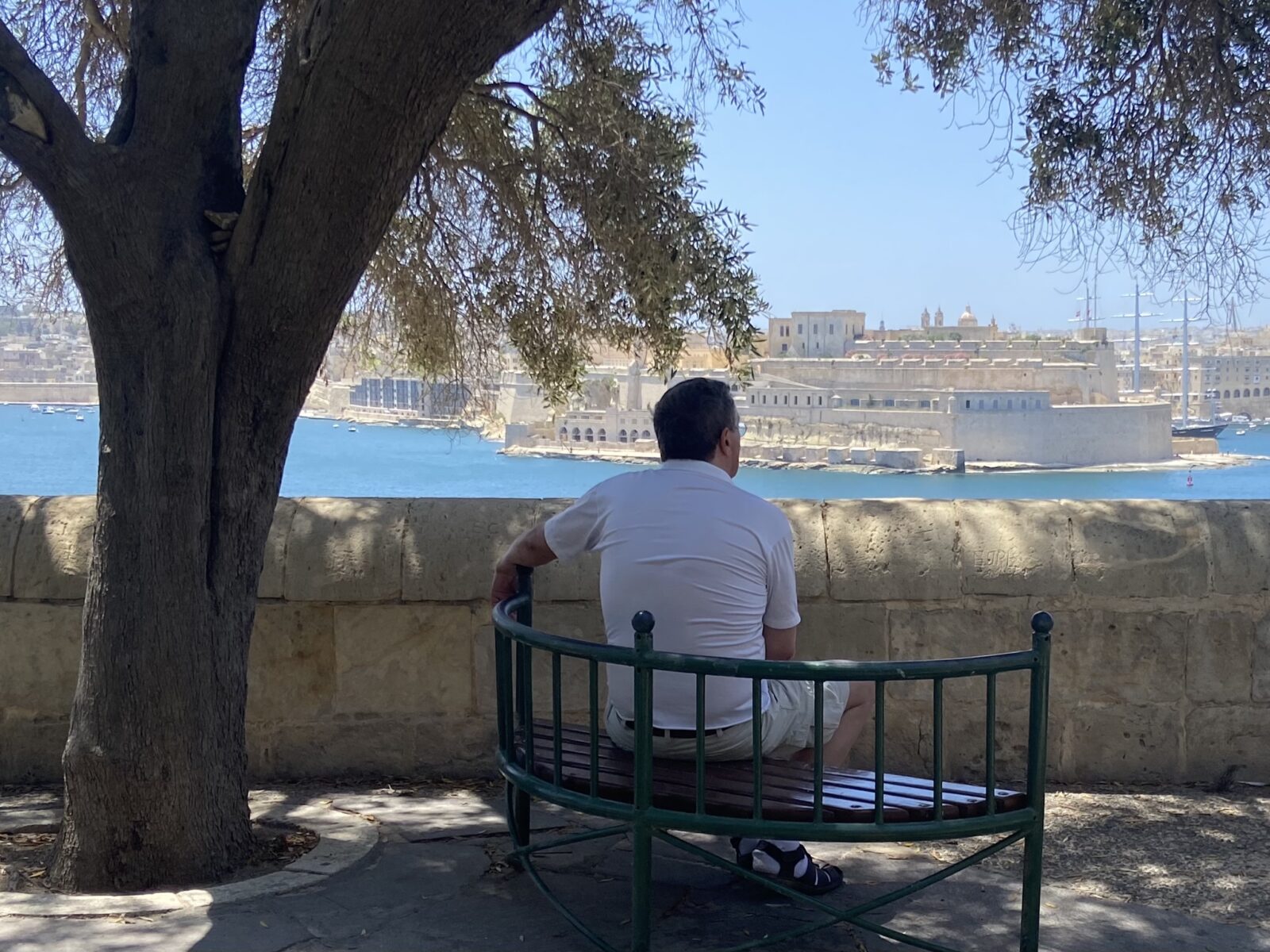
(This is the first of a three-part blog on Malta.)
SLIEMA, Malta – The Surfside is a three-story all-purpose bar that sits atop the sea. With a restaurant on the top floor, sports bar on the second and club on the first, it could be a bar in Malibu, Mallorca or Mykonos.
Savoring an ice-cold pint of beer and the view of a clear royal blue Mediterranean from the top floor, I noticed something that makes it unique in the world. Below me were 12 small pools crudely carved out of rock in the shallow surf, like an underwater honeycomb. They were partly submerged by the sea. A few had sun worshippers who greeted each gentle wave crashing into the pools with almost orgasmic smiles.
I smiled, too. Malta is my 110th country. I’ve been to 47 U.S. states and 18 of Italy’s 20 regions. It takes a lot to impress me. Individual pools on the edge of the Mediterranean Sea? You got me. It also helped that I’ve never felt more perfect weather than this past week in Malta. It was 80 degrees with a brisk cool wind piercing the brilliant sunshine. It was like being in the tropics with my own personal air-conditioner.
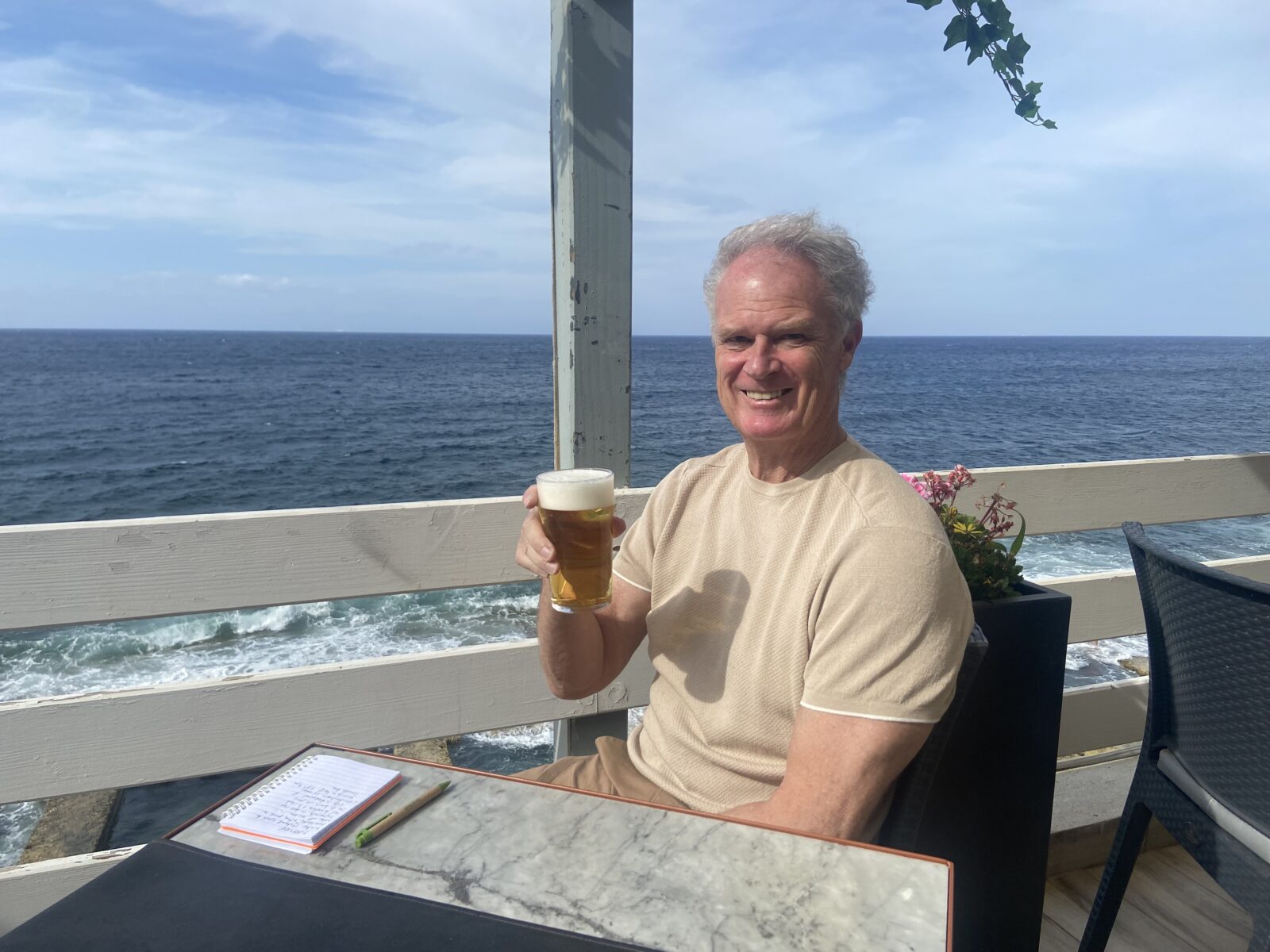
I took another long draw from my bottle of Cisk lager, jotting down “stone pool dip” on my Malta to-do list. Then I looked across the busy road and saw what Malta’s critics had told me for years.
Six construction cranes hovered like panting dinosaurs over a long string of concrete apartment complexes. I looked down along the coast and saw more in the distance. The Surfside was just one of a countless number of beach bars that lined the otherwise charming and spotless boardwalk.
I remember Rio de Janeiro’s beach scene being this commercial. But I wasn’t in Brazil. I was in Malta, a tiny speck, a mere grain of sand, in the middle of the Mediterranean. Malta’s three islands of Malta, smaller Gozo and tiny Comino are all of 316 square kilometers (122 square miles). That’s smaller than Kansas City, Mo.
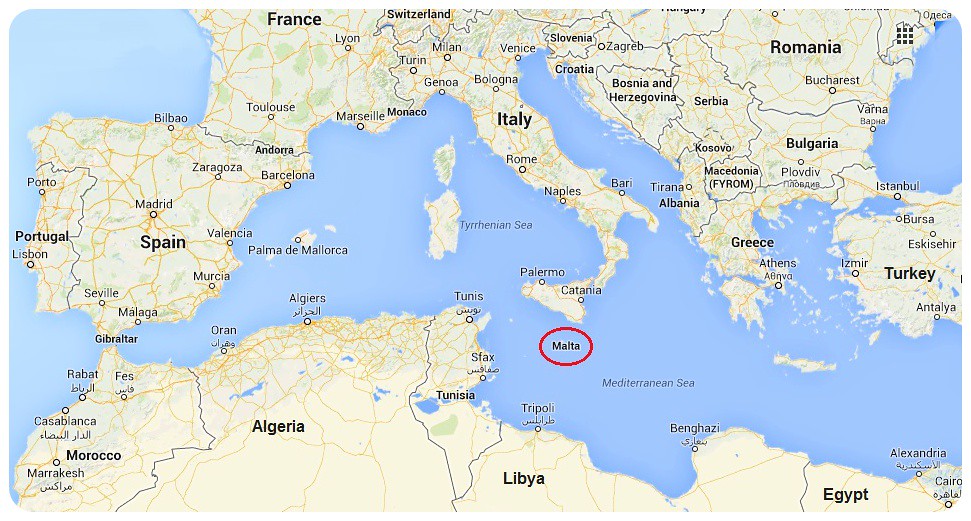
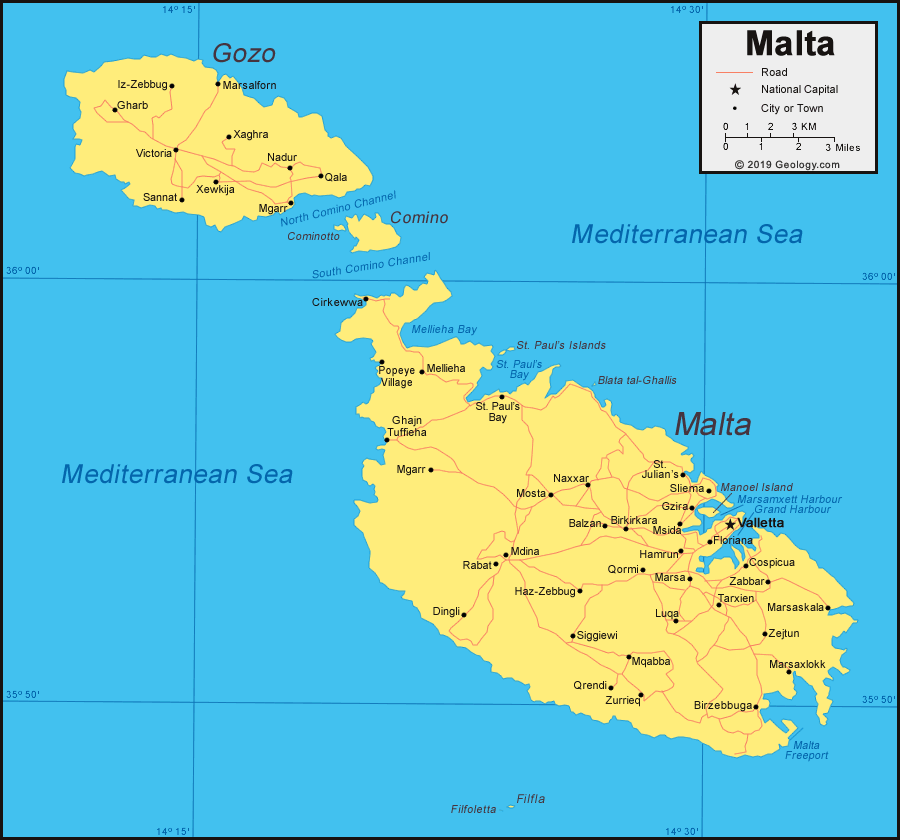
With 525,000 people, Malta is the most densely populated nation in the European Union at 1,265 people per square kilometer. (The U.S. has 32.) In 2011, Malta had a population of only 417,000.
Construction can barely keep up with the growth. It’s what some past visitors warned me about. “A concrete jungle,” they called it. Many Italians told me, “Malta has nothing Italy doesn’t have.”

Not true. It is clean. It has a sparkling, renovated capital in Valletta. It has a fascinating history dating back 7,000 years. It is called “Europe’s Hollywood” for being the setting of more than 150 films including the recently released “Jurassic Park: Dominion.” Do you like rabbit? It’s a Maltese diet staple.
It also has little stone pools in the Mediterranean Sea.
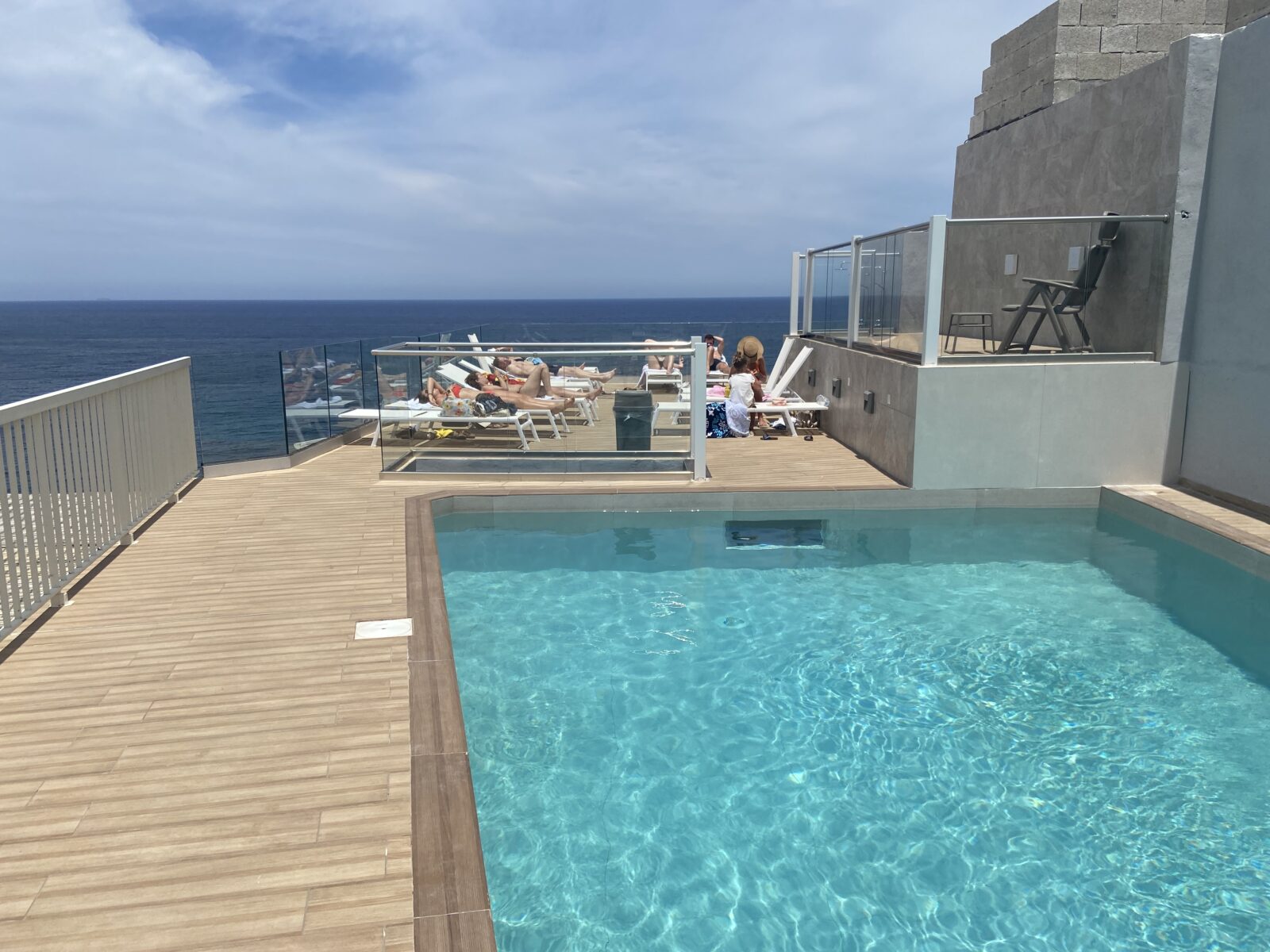
The arrival
I’d wanted to visit Malta since retiring to Rome in 2014. However, at only 420 miles away it was so close it became easy to put on the backburner. Adding to the delay were luke-warm reviews from Italians and my girlfriend Marina’s bored shrug whenever I asked her about visiting Malta, which I reminded her was “an exotic island nation in the middle of the Mediterranean.”
However, Covid travel restrictions are off in the EU. I’m traveling internationally again. Malta is so close it’s an easy weekend for me. It’s only 60 miles south of Sicily. Yet Malta is farther south in the Mediterranean than Tunis, Tunisia,
My Air Malta flight – for just 97 euros round trip – took only 90 minutes to fly from Rome to Malta’s airport in the southern end of the island. During the 20-minute drive to my hotel, my taxi driver lamented the traffic that had slowed our trip to a stop-and-go crawl
“It’s like this all day,” he said in perfect English. “From 9 to 5.”

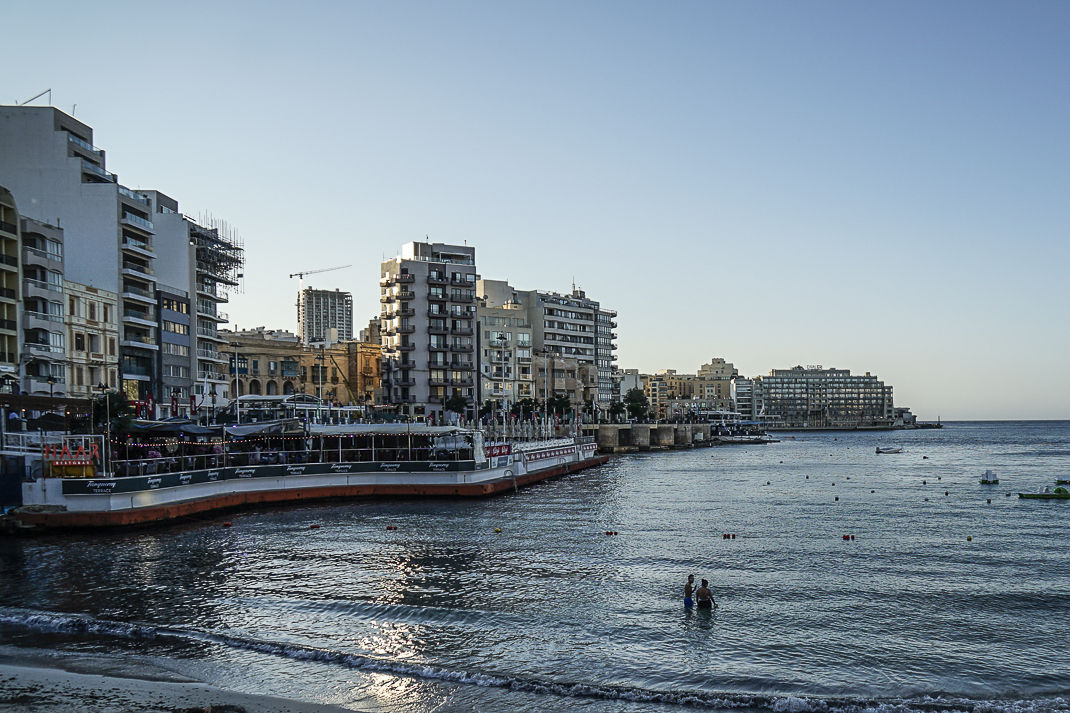
The population density is concentrated on the east end of the island. Valletta sits along the sea surrounded by two harbors and countless suburbs that blend into each other like any American metropolis.
My Diplomat Hotel is in Sliema, on the north side of Marsamxett Harbor from Valletta. It’s one of the dozens of hotels that started popping up here in the 1990s when Malta’s tourism exploded. It’s a lovely hotel. It sports a pool on the eighth-floor roof overlooking the sea across the street. It has a fantastic breakfast buffet and a helpful trilingual staff that knows everything and anything about the island.
It’s on Tower Road, part of the 3.8-mile boardwalk and does have a bit of drab uniformity to it. Paul Flori Soler is a Maltese native and friend I met a few years ago when we sat next to each other at Naples’ famed Da Michele Pizzeria. He moved to Sliema when he was 6 years old in 1972. He pointed out Tower Road’s one unique building. It’s triangular and made of Malta’s golden limestone with gabled wall decorations and bay windows. It looked like a museum in Paris.
“It was all those type of houses,” Paul told me. “That’s the only house (like it) left. Now it’s a bank.”

Tourism, however, has helped Malta become one of the healthiest countries economically in the EU. Tourists brought in 2.1 billion euros in 2018. The booming film industry over the last three years, including the quiet Covid year of 2020, brought in 98 million euros. Unemployment at the end of 2021 was only 3.2 percent.
But one night I went to the Hole in the Wall, Sliema’s oldest pub, where old concert posters hang on the wall and I joined locals watching Malta’s soccer team lose in the last minute to Estonia. I asked Chris Lee, the young, hip manager, what’s Malta’s biggest problem.
“We try be like European instead of who we are,” he said. “We are only an island in Europe and we act like we’re France.”
While more tourists pour onto this island that can’t handle many more, the locals are becoming more concerned. As recently as the 1970s, Malta was known more for its political history than tourism. Today, the string of beachside suburbs of Sliema, St. Julian’s and Paceville is as commercialized as most places in Southern Europe.
As we passed through the back roads of St. Julian’s where trendy restaurants and beach bars wrap seductively around quaint, cozy Ballata Bay, Ray, my cab driver, shook his head.
“Pretty soon you won’t be able to see the sun because of all these tall buildings,” he said. “It’ll be like New York: a concrete jungle.”
Hmm. Where have I heard that before?

The sea
OK, two disclaimers about Malta’s overgrowth. One, I always equate the sight of numerous construction cranes to a thriving economy; two, no matter how surrounded you are by concrete, in Malta you are never more than a few minutes from the sea. It’s only nine miles across. Gozo, its more rural sister island to the north, is 4 ½.
From my hotel? Try about 50 feet.
Marina joined me my last three days and we dipped our feet in the stone pools across the street. A knock on Malta is it has a lot more rock (not to mention concrete) than sand. The beach along the boardwalk is all rock. Actually, it’s even enough to lay a beach towel for a fairly comfortable sunbathing session.
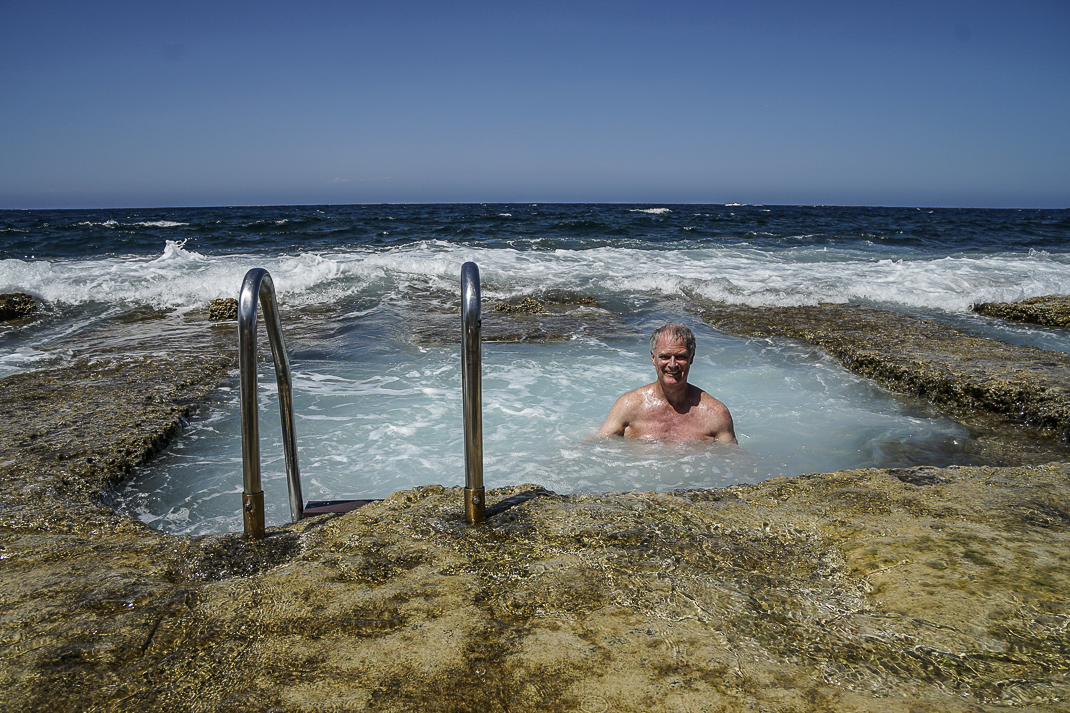
Just a few feet away are the dozen individual pools. Some even have ladders that drop you into a secluded Jacuzzi-sized space with small openings that go out to the sea. I lowered myself in and soaked in the comfy 73-degree (23 Celcius) water. I chatted with young visitors from France and Turkey. I looked down the endless boardwalk. I looked out to the Mediterranean toward Greece.
These pools were not part of Malta’s urban boom. They’ve been around for more than 100 years when the owners of houses across the street wanted their own personal pool. They’ve been around ever since.
Marina, being the Italian princess that she is, favors sand over stone. We took a taxi to the one sandy beach on the island. Nothing is very far away in Malta and Golden Sands Beach is only 20 minutes away on Malta’s northwest coast. It’s a perfect, half-moon arc of golden sand and clear blue water and framed by tall cliffs with a small ring of trees.
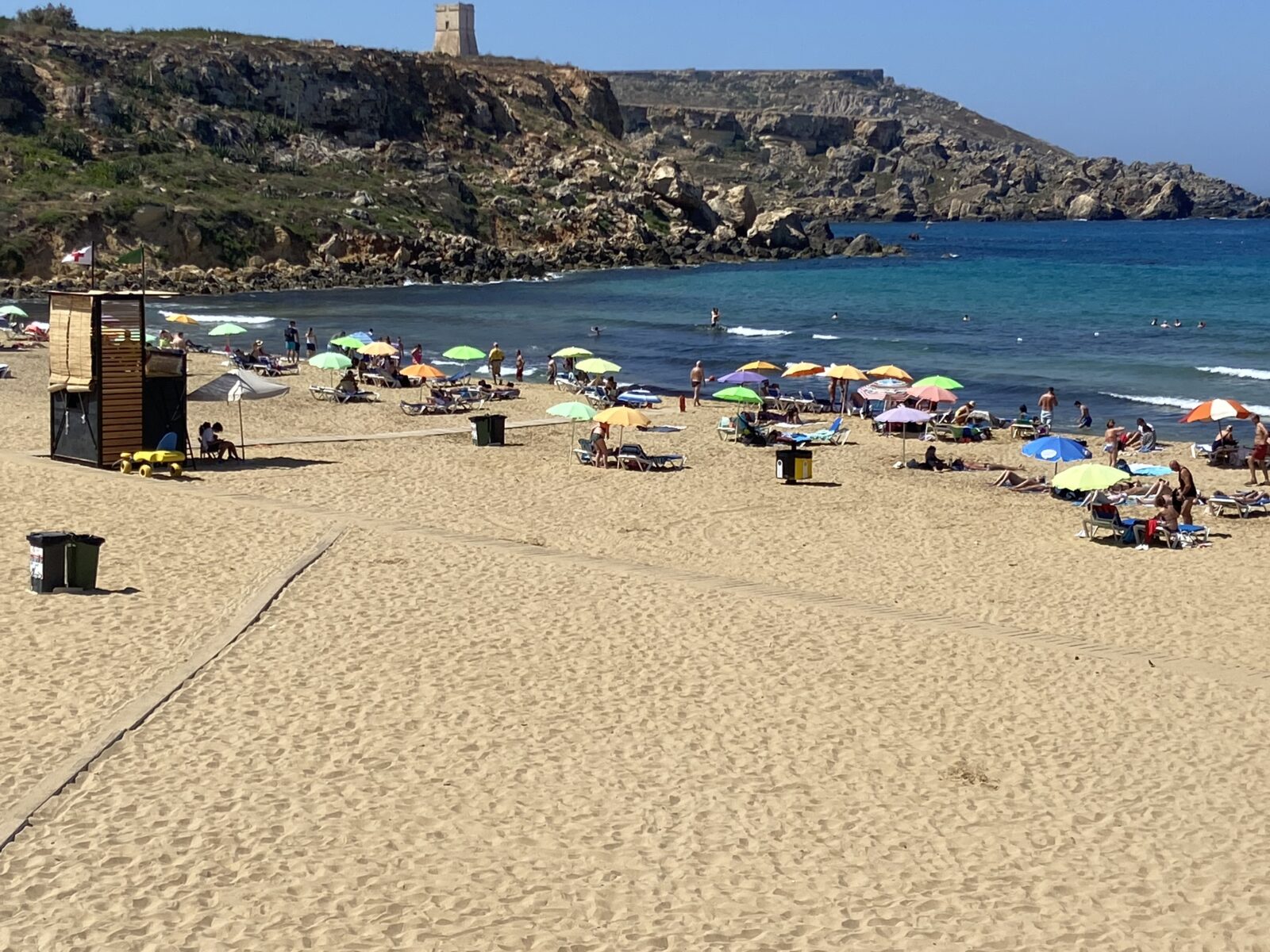
Once a military installation, Golden Sands now is Malta’s top beach destination. We went to a small beach shack to purchase 6-euro lounge chairs. A funky beach bar with subdued rock music and ice-cold Cisk sat at the entrance. Some well-tanned locals with backward ball caps nodded their heads to the music holding sweaty bottles of beer.
Even with the three huge buildings owned by Radisson, built in 2005 and hanging atop the cliff like an old, grumpy rich guy on his lawn, Golden Sands remains one of my top beaches in the Mediterranean.
In between Sliema and Golden Sands is part of Malta that has changed little. Small towns like Mosta where the Rotunda of Mosta has a dome 122 feet in diameter, at one time the third largest in the world. The walled city of Mdina, Malta’s first capital, is so untouched “The Game of Thrones” used it for many of its scenes (which I’ll blog about Tuesday.) Like rabbit? It’s a Maltese diet staple. Go to Mgarr. It’s the rabbit capital of Malta.
But my favorite part of Malta, even more than the heavenly weather, exotic food and beautiful sea, is what I’ve never said about a small island nation before.
The capital. Valletta. It’s one of the most underrated in Europe.
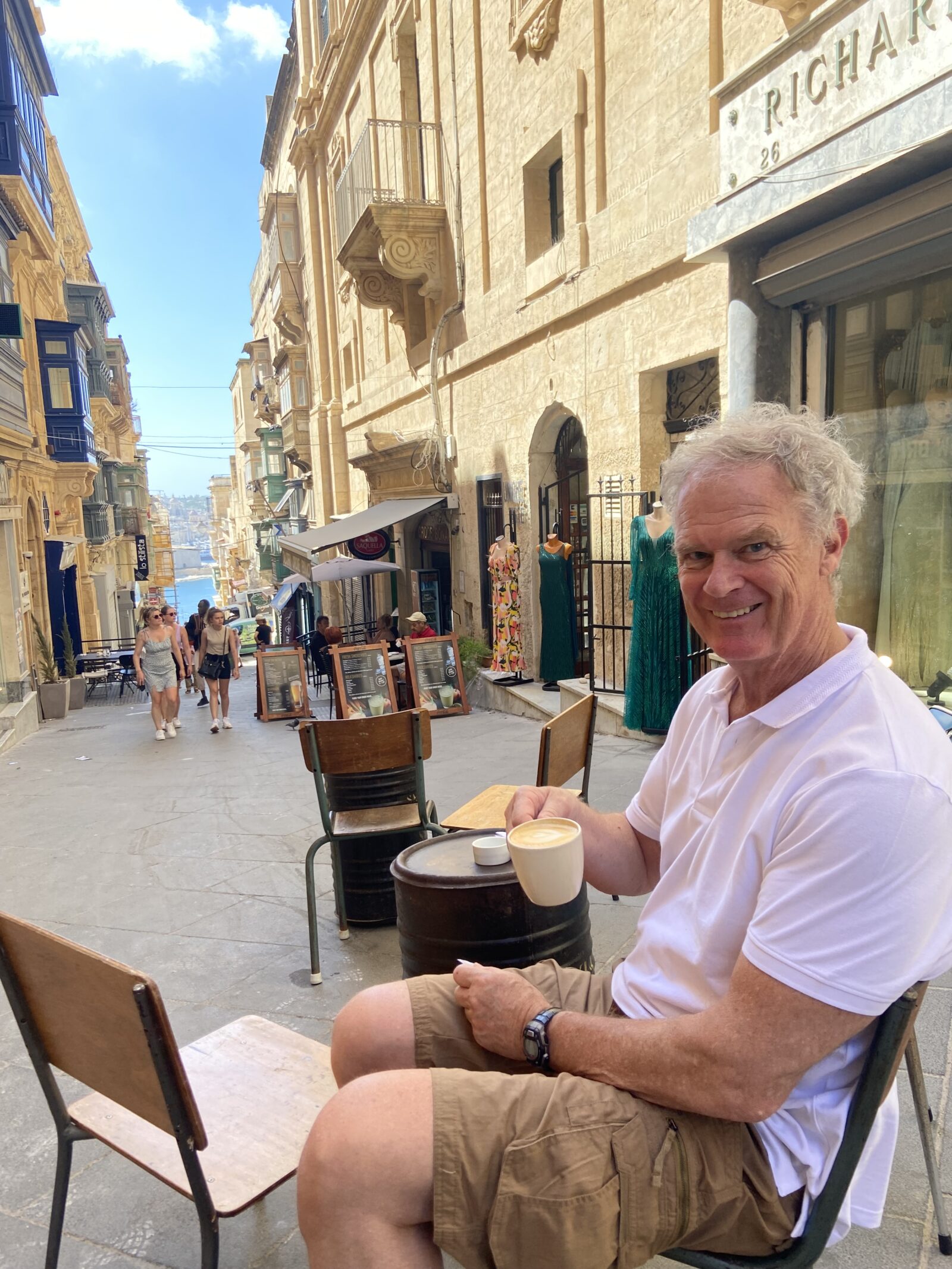
Valletta
Valletta looks like a giant limestone castle. It’s a cascade of golden palaces and cobblestone pedestrian alleys sandwiched between three bodies of water. Napoleon stayed here. St. Paul died here. Russell Crowe dined here.
Valletta is one of Malta’s biggest success stories.
“Before, it was a dead city,” my friend, Paul, said. “You had all the government departments, all the ministries and eventually over the years they started moving out of Valletta. By 7 o’clock, the shops were closed and it was a dead city. It was probably the deadest capital city in the world.
“But then they started reviving it.”
Things changed in 2018 when Valletta was named European Capital of Culture. A UNESCO World Heritage Site since 1980, Valletta received another facelift. Historical sites got cleaned. High-end restaurants opened (Malta features five Michelin-star restaurants). So did boutique hotels. As a result, Malta greeted a record 2.8 million visitors in 2019.
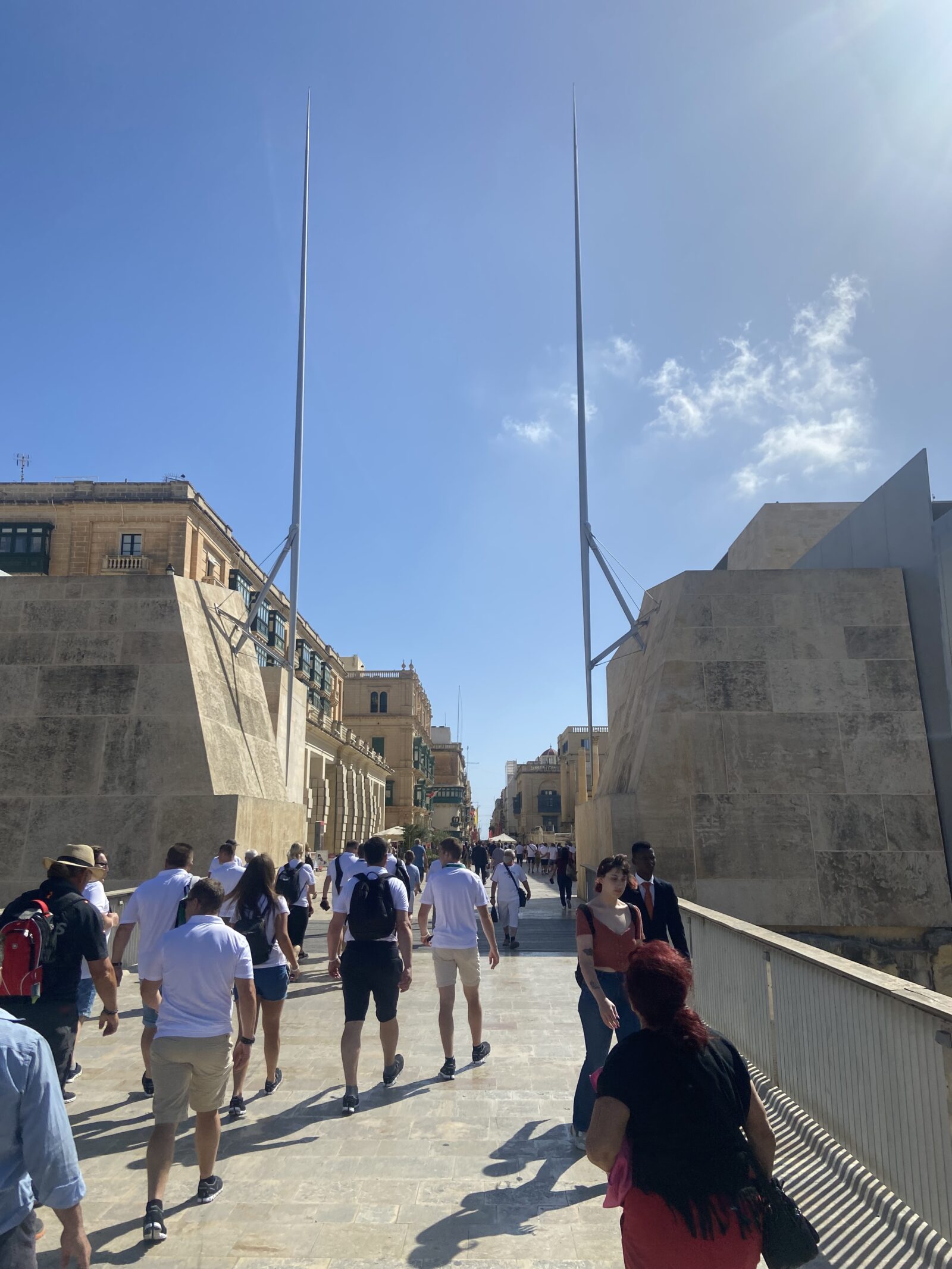
I took a self-guided, all-day walking tour and by the end, Valletta reminded me of a cross between two of my favorite cities: Beirut and Syracuse — the one in Sicily.
“Sicily is like Malta,” said Alan Cassar, operations manager for the huge water tanks at Malta Film Studios, “but we talk better English.”
True. One hundred fifty years of British rule and proximity to Italy have made the island trilingual. English is an official language along with Maltese, which is a rhythmic mix of Arabic and Sicilian.
To greet the wave of tourists in 2018, the city built a new City Gate. It’s two long, wide gently descending staircases that lead down to two towering, 25-meter metal blades resembling knights’ sabers. The gate is similar to the original entrance from 1633.
The gate opens up to a pedestrian street and the new Parliament Building. Like the City Gate, renowned Italian architect Renzo Piano designed the Parliament Building in 2014. It features two massive blocks of stone that appear hovering in air but are actually held up by small stilts. The 600 square meters of photovoltaic panels on the roof generate enough energy to cool the building in summer and heat it in winter.
In a city that hadn’t changed much since the 17th century, the building looks out of place, like a hotel next to the Pyramids. The Maltese complained. I liked it. Besides the modern, architectural genius, it represents a new Valletta looking to the future.
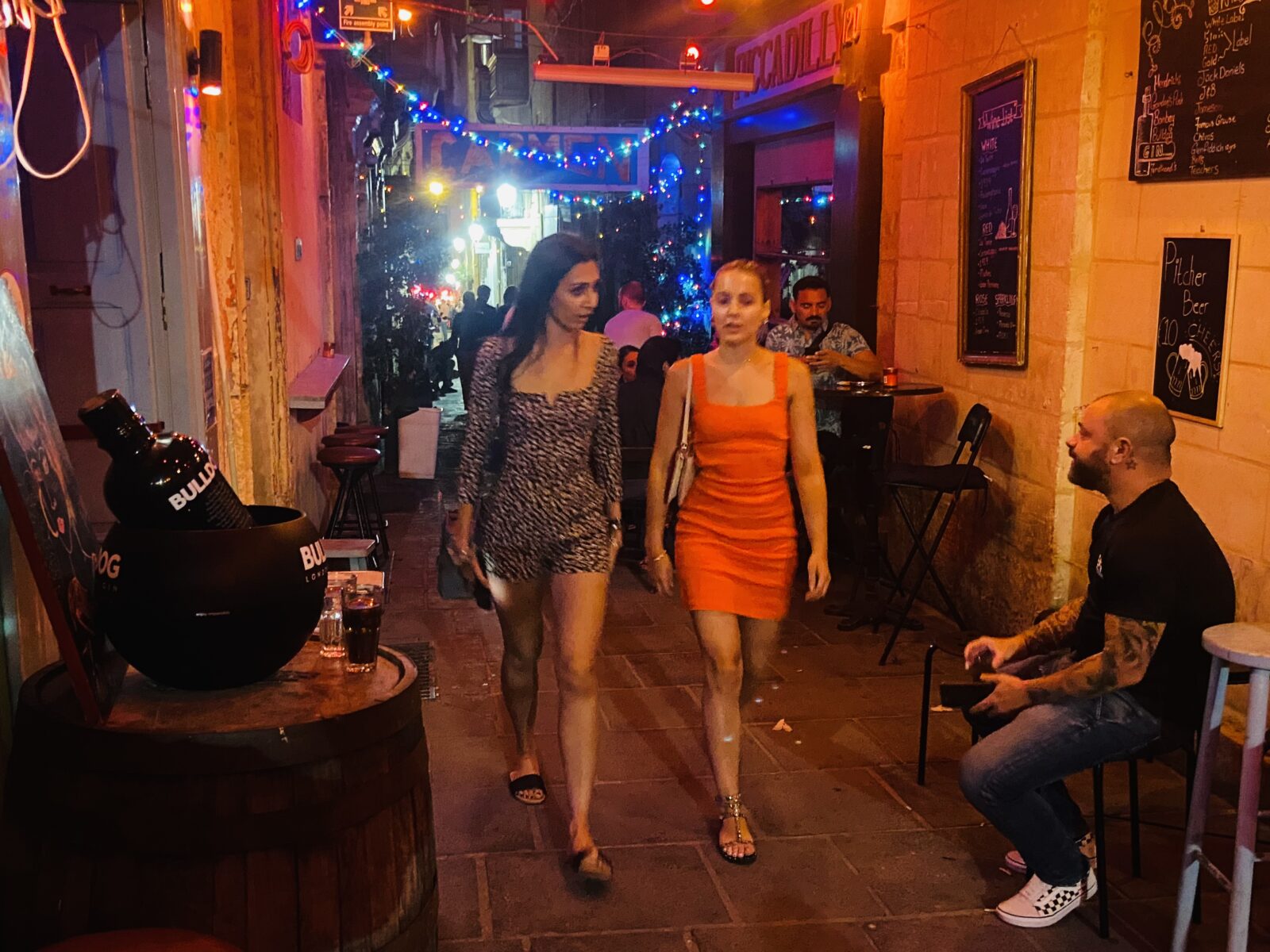
The city has an edge to it. It has become a thriving center of art and design, a magnet for the young and hip. Narrow Strait Street, once the seedy red light district for sailors in the ‘70s, is now revived. The old faded bar signs now hang over chic outdoor cocktail bars.
Along the main drag of Triq Il-Repubblika are side streets heading down steep hills and lined with cool hangouts. At a place called Coffee Circus, not far from where Napoleon slept in the Palazzo Parisio, I walked down stairs into a dungeon where I ordered a cappuccino from a pretty, tattooed barista. I took a seat outside at a table set up in the middle of the hill looking down toward the harbor.
Good cappuccino. Great view.
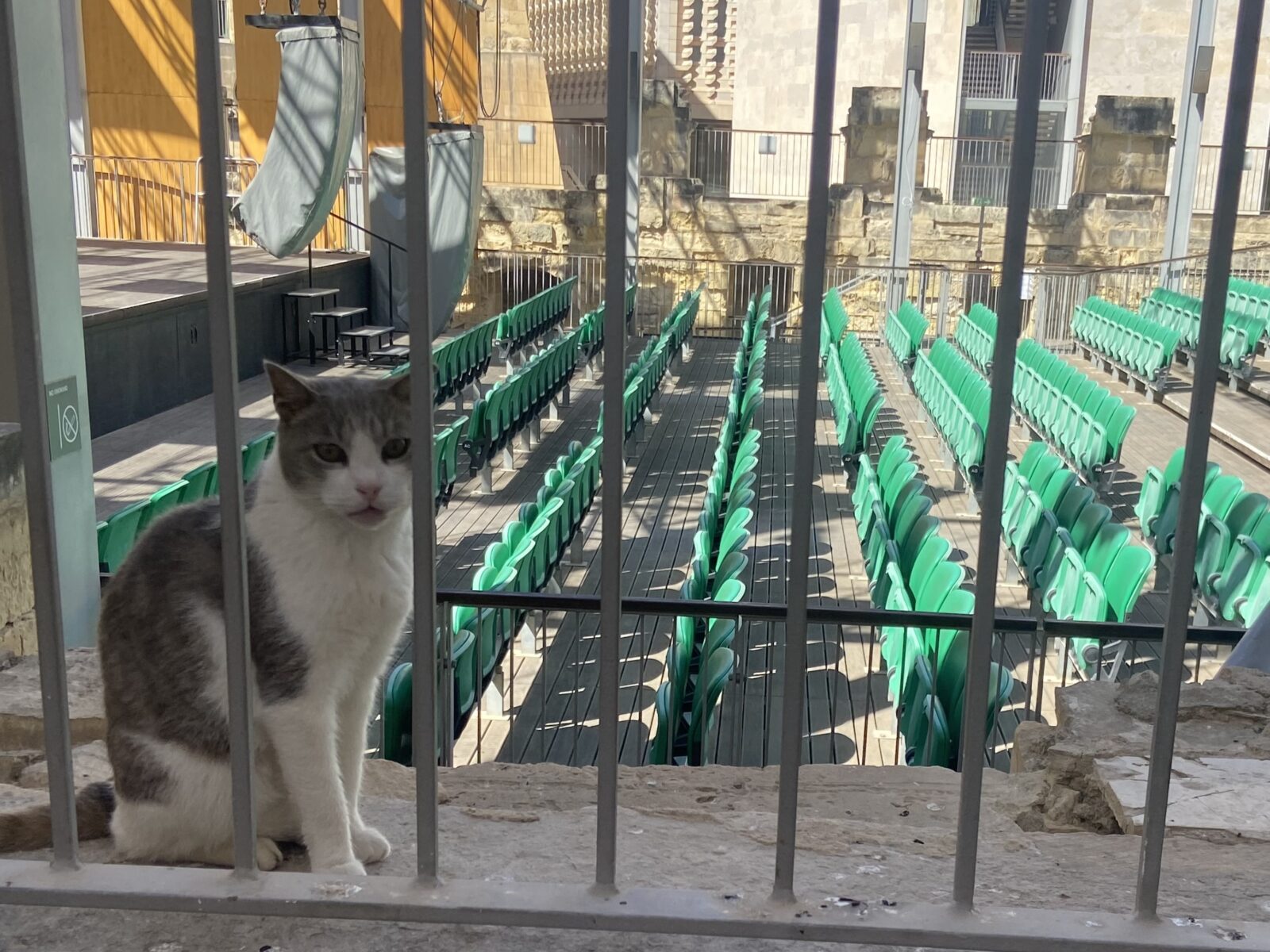
Even the opera house is cool. It’s open air with 1,295 green chairs next to a big stage surrounded by outdoor cafes with soft rock music circulating in the air. A well-fed stray cat holding guard at the opera house gate looked at me and his empty bowl with equal conviction.
Valletta isn’t all concrete and architecture. Hugging the Grand Harbour are the Lower and Upper Barrakka Gardens, designed in the 16th century. I leisurely strolled under big shady trees around marble fountains and a temple fronted by Doric columns. I looked out over the pretty harbor to the golden limestone cityscapes of Senglea, Vittoriosa and Cospicua, the triplet suburbs known as the Three Cities.
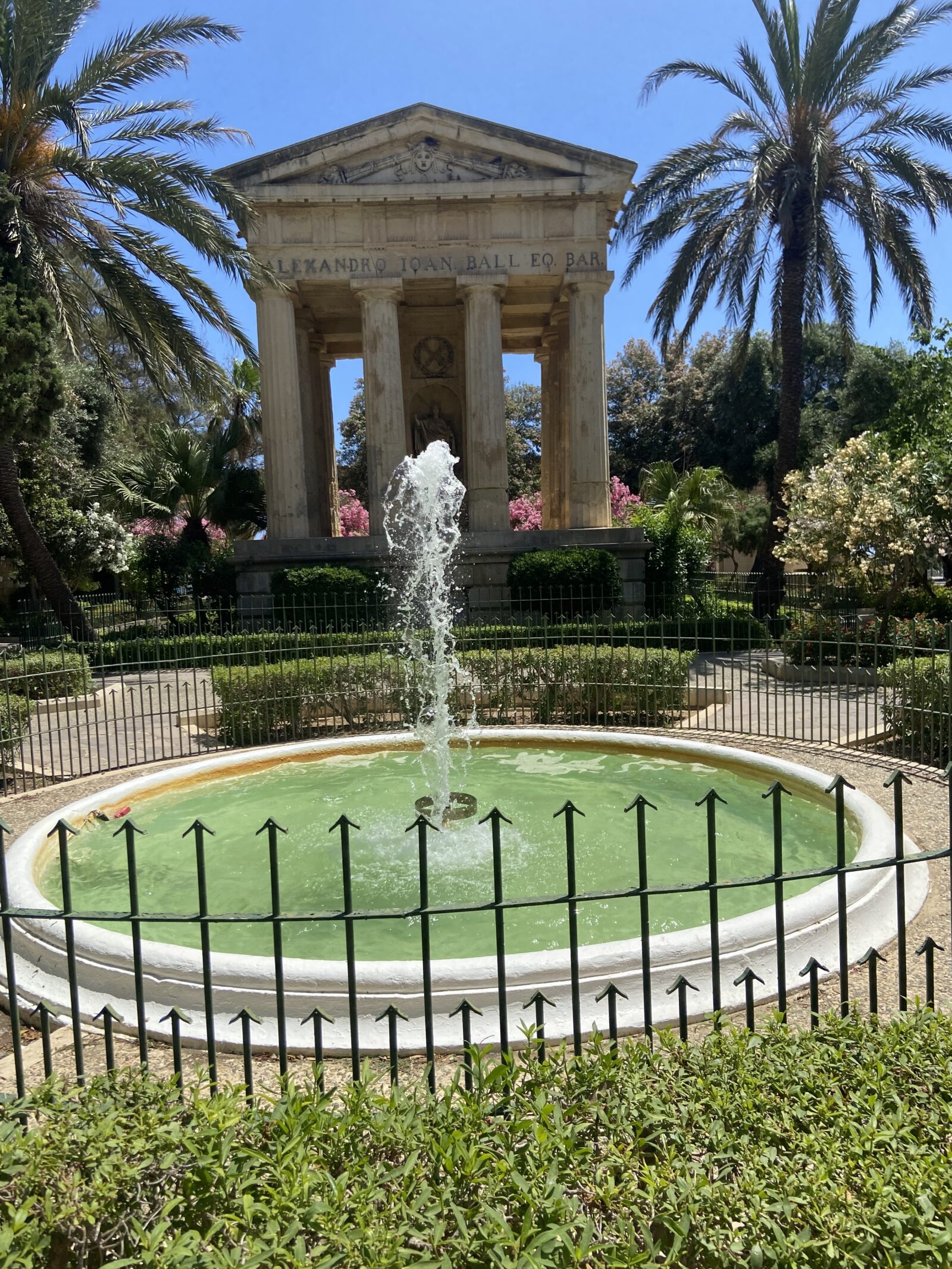
Even as the temperature climbed to 83, the cool breeze came up from the water like a jump in the sea. What a peaceful island. What a stunning atmosphere.
What a violent history.

The history
Look at Malta’s place in the Mediterranean. Now imagine all the marauding militaries that crisscrossed the sea, fighting over this strategic rock. Temples of unknown origin date back 5,000 years. The Phoenicians were the first known people to inhabit Malta in 800 B.C. but through the years, Malta has been the tomato can of the Mediterranean. It was beaten by the likes of the Carthigians, Romans, Byzantines, Arabs and Normans before becoming the home of an interesting clan called the Knights of St. John.
They were originally hospitallers from Jerusalem in the 11th century. When Islam captured the Holy Land in 1291, the Knights left for Cyprus then Rhodes, healing the ill along the way. After the Ottomans drove the Knights from Rhodes, Charles V, the emperor of the Holy Roman Empire, granted Malta to the homeless Knights for the fee of two falcons. (Thus, the basis of the Humphrey Bogart classic, “The Maltese Falcon.”)
The Knights also became fierce warriors and they defeated the Ottoman invaders in 1565, despite overwhelming odds. Soon Valletta was founded, Napoleon took over for two years then Malta became a hospital and naval and air force base in World Wars I and II.
I learned all this at Valletta’s War Museum. It’s a series of six buildings in old Fort St. Elmo which the Knights built in 1552 to guard the harbors on the far eastern part of town. The museum covers 7,000 years of history.
The last few years of history have put Malta in the crosshairs between worried locals and sun worshiping tourists. After seven millennium, Malta remains an important speck of sand in the Mediterranean.
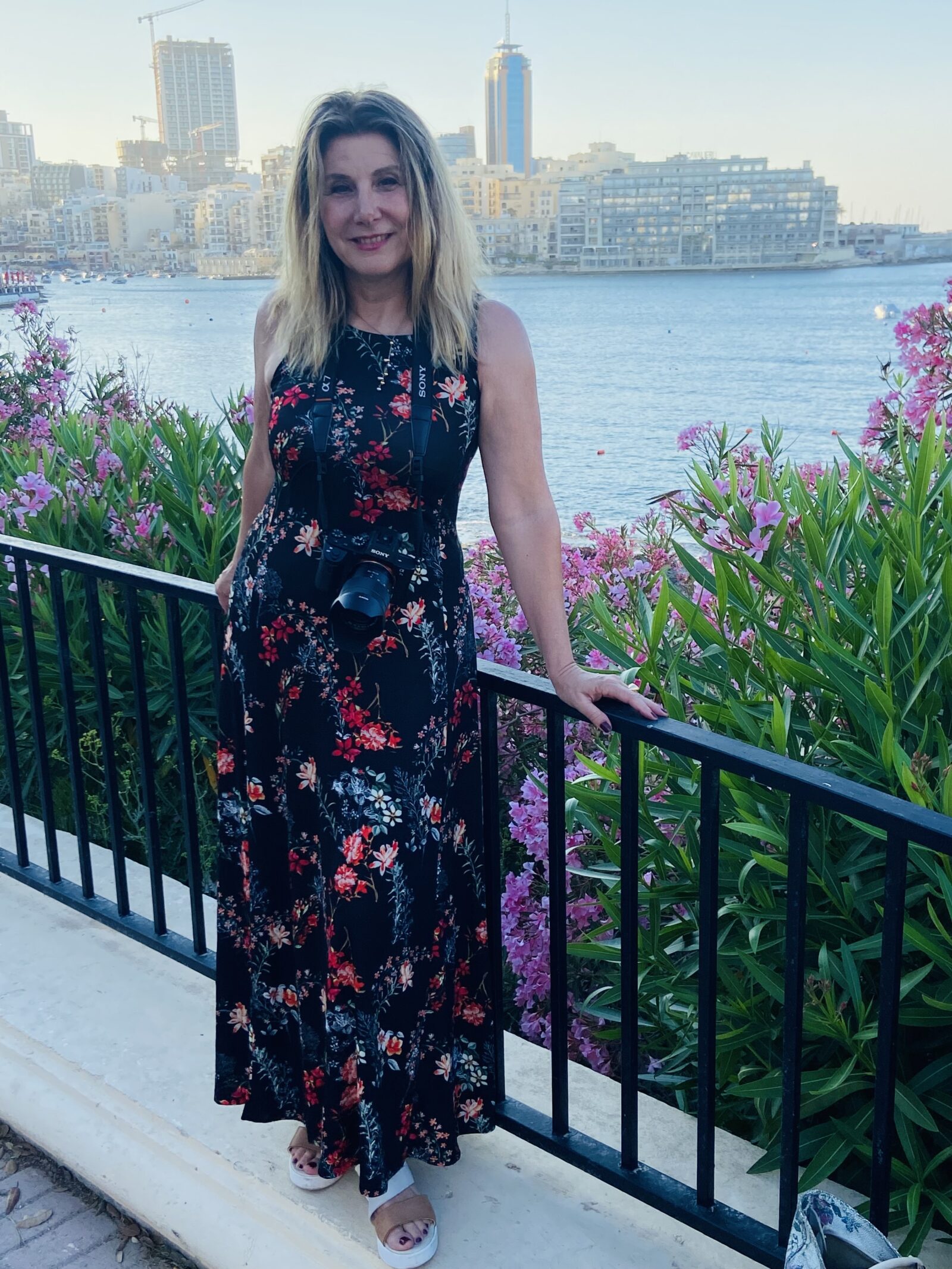
Do you want to go?
How do I get there? Air Malta has direct flights from 18 major European cities, including four in Italy. I paid 91 euros round trip for the 90-minute flight from Rome.
Where should I stay? Diplomat Hotel, 173 Tower Rd., Sliema, 356-2134-5361. Home (diplomat.com.mt). Across street from sea with rooftop pool and bar. Excellent buffet breakfast included and knowledgeable staff. I paid 81 euros a night for four nights. Prices start at 120 a night in July.
Where do I eat? Ta’ Kolina, 151 Tower Rd., Sliema, 356-2133-5106, Ta’ Kolina | Facebook, noon-10:30 p.m. One of best places in Malta for traditional Maltese cuisine, including rabbit in wine and tomato sauce for 17 euros.
Kaiseki, 77 Merchant St., Valletta. Check out Valletta’s brand new Mediterranean-Asian fusion restaurant on a hip, narrow street lined with outdoor restaurants. Innovative menu such as my octopus flatbread. That and two glasses of Maltese wine came to 28.25 euros.
When should I go? May, June and October. July to September is too hot, crowded and expensive. Highs in August hit 90 with high humidity. June is 83, October 77. January has high of 60 with most rain.
Is there more information? www.visitmalta.com. www.visitgozo.com. Tourist offices are near the Valletta bus station and airport and ferry terminal in Mgarr on Gozo.
(Next: Malta’s booming film industry.)


June 17, 2022 @ 7:23 pm
I have always wanted to see Malta. It looks like you two had a nice visit
Thanks for all the good info.
Can’t wait to get there
June 18, 2022 @ 10:22 am
Stayed ib Diplomat this year too, all correct
June 21, 2022 @ 4:32 am
Thanks. Another add to the bucket list!